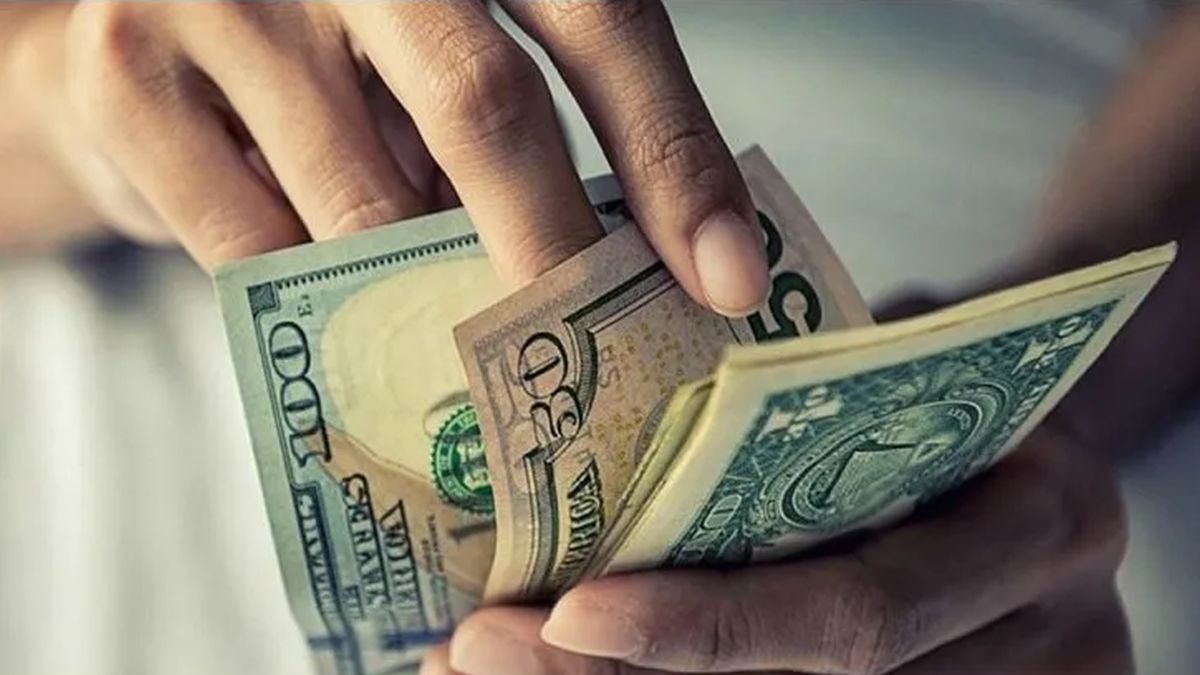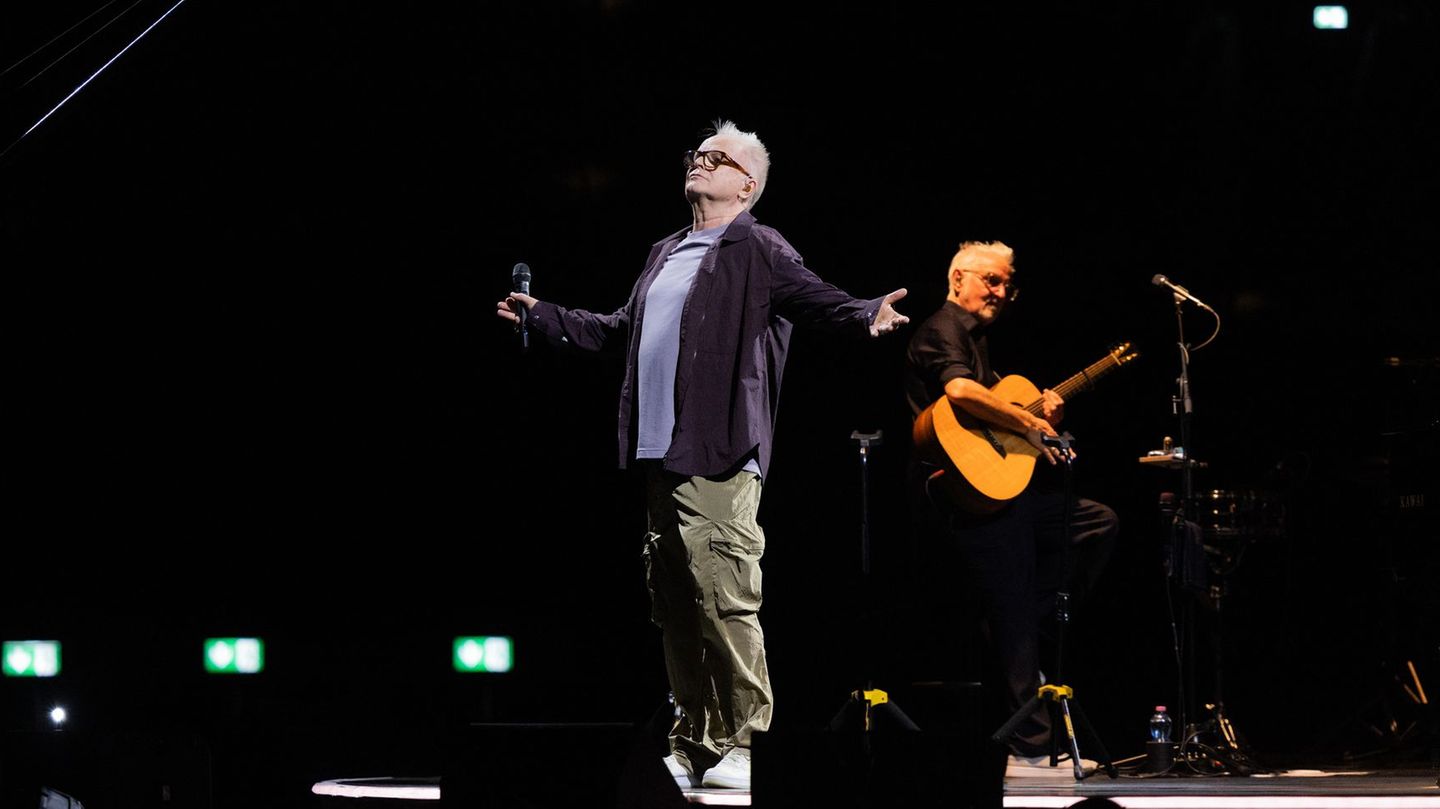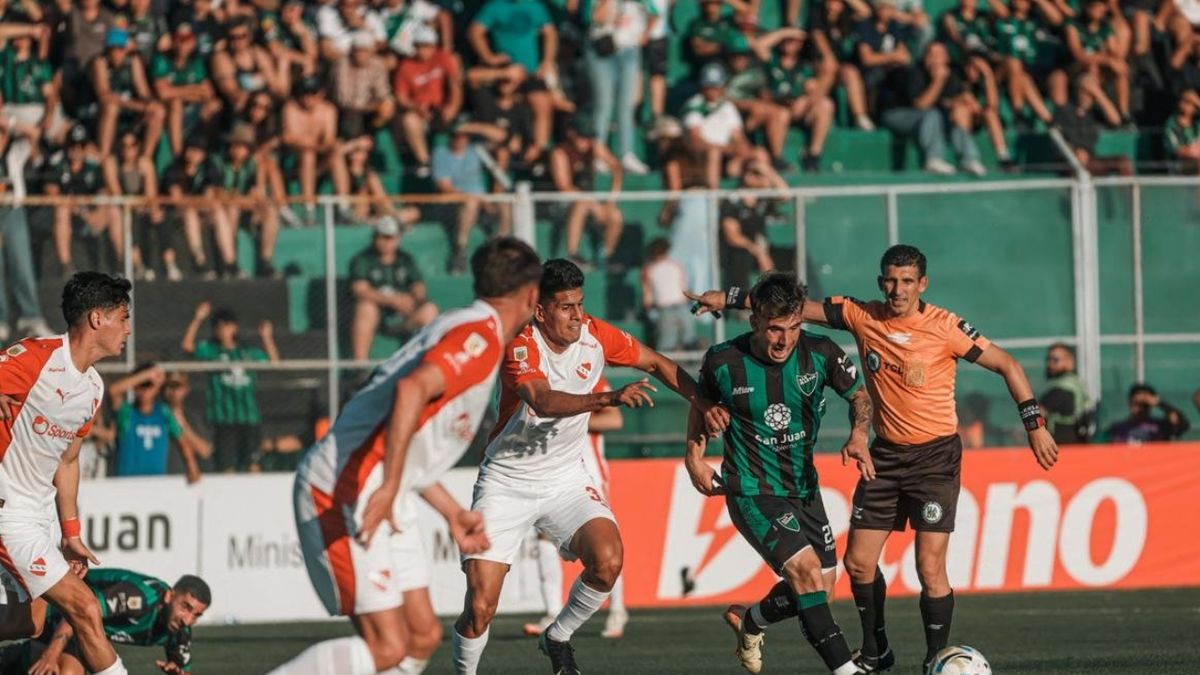The exchange houses have certain policies for the sale of copies. Find out what they are here.
He casual dollar Accumulate three days without raises. In this way, the parallel dollar trades in $490 for sale. At the same time, if you operate in exchange houses, you must know that there are some banknotes dollar with features that are rejected for financial ones.
The content you want to access is exclusive to subscribers.
Blue dollar: can I exchange torn or stained bills?
The answer is yes. It is possible but the stained or broken dollars are sold in exchange houses, also known as “caves”, between a 4% and a 8% less than healthy specimens. The acceptance of these banknotes with tears and stains will depend, to a great extent, on the state general in which the ticket is located 100.


dolares-manchados.jpg

Dollars: what are the large-sided bills?
Many exchange and financial houses began to No accept large face bills, that is, those issued from nineteen ninety six until 2013. These caves usually change only the bluish specimens. The main reason has to do with the fact that this specimen is difficult to falsify.
dollar face big girl.jpg

Dollars: what are the small side bills?
The small side bills are those issued from 1914 to 1996. The version features the face of Benjamin Franklin within an oval shaped frame.
dollar-finance
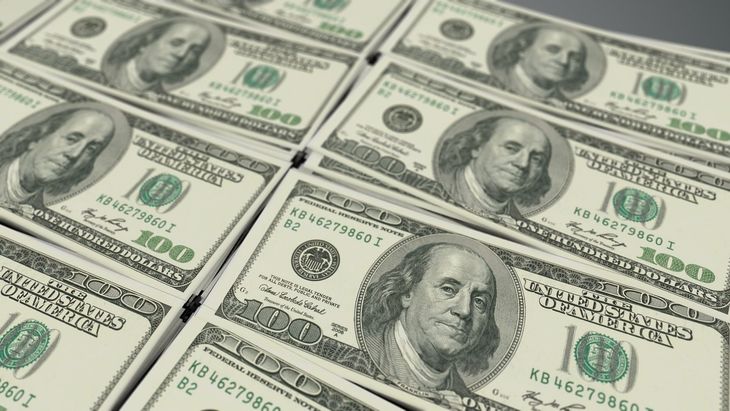
Pixabay
Financial: why don’t some dollars change
The caves do not accept the dollars of girl face and those of lower face value for these reasons:
- security reasons: The moneychangers argue that the small-sided dollars and those with a lower face value do not have all the measurements that new bills have.
- Reasons for transfer: the owners of the exchange houses argue that it is more complex to transfer larger amounts of lower denomination dollars.
- Reasons for validity and circulation: financial people indicate that it is possible that at some point the United States Federal Reserve (FED) Get these old copies out of circulation. But, so far it is not like that.
Exchange House.jpg
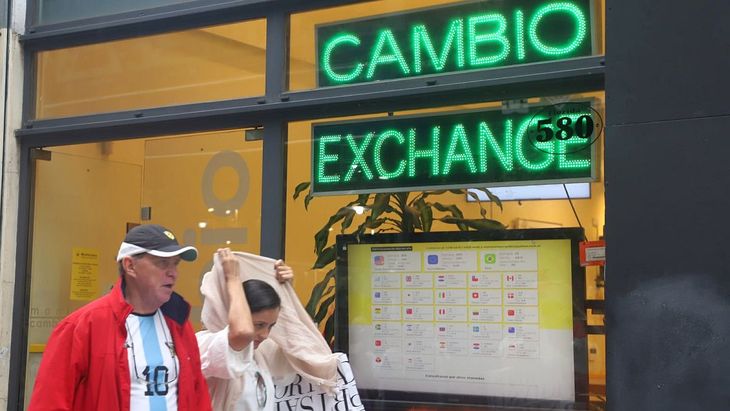
Ignacio Petunchi
Blue dollar: what are the characteristics
- Portrait: the 100 dollar bill features a portrait of Benjamin Franklin on the front side, slightly shifted to the left.
- color changing ink: The ink changes color from green to black when the note is tilted.
- Watermark: Holding the bill up to the light, an image of Benjamin Franklin and the number 100 can be seen in the lower right corner.
- security thread: it is a vertical thread incorporated into the paper of the $100 bill, it presents the text “USA” followed by the number 100 in repetition.
- embossed ink: The portrait of Benjamin Franklin, the number 100 and the initial letter of the last name Franklin are felt to the touch.
- microprinting: On several parts of the banknote, there is detailed microprinting that can only be read with the aid of a magnifying glass.
- fluorescent ink: When using an ultraviolet light, the number 100 glows hot pink and green.
- security band hologram: On the front side of the note, there is a holographic band showing changing images of bells and the number 100.
Source: Ambito

